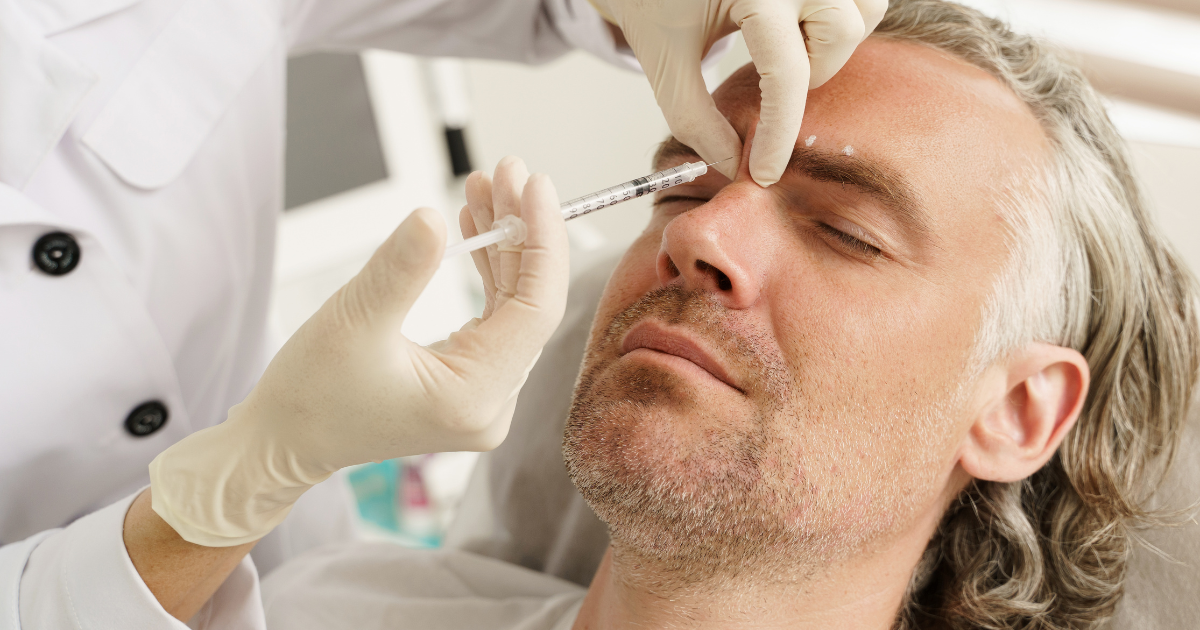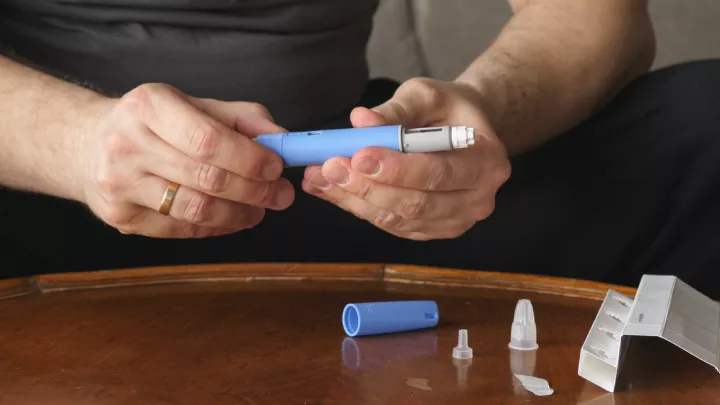Hyaluronic acid: What is it, what it treats, and side effects to be aware of

If eyes are windows to the soul, the face is a window to your emotions. You convey hundreds of tiny nonverbal cues through your face, which are essential to interpersonal communication. But your face is also affected by factors like the sun, environment, and stress, which can expedite aging. This exposure means your face is usually one of the first places to show signs of aging.
Luckily, there are several ways you can slow this aging process and protect your face. Hyaluronic acid is one of the most common products used to treat fine lines and wrinkles. This substance can give your skin a plumper and more youthful appearance, making it one of the most popular skin care products.
What is hyaluronic acid?
“Hyaluronic acid is a naturally occurring substance that we produce in our bodies,” says Nebraska Medicine physician assistant Anne Storey, PA-C. This gooey material acts as a cushion and lubricant throughout the body, especially in the eyes, joints and skin.
Hyaluronic acid has become a popular skin care tool because “it fills up wrinkles or lines, restores volume and takes on water. So, it can give you a more moisturized or youthful appearance,” says Storey.
“That’s because hyaluronic acid is a sugar – a polysaccharide, which means it’s a long chain that can bond to many different things. And one of the things it binds to most is water,” adds Storey.
Thanks to this bonding ability, hyaluronic acid acts as a sponge and soaks up water giving your skin a hydrated and smooth look. Additionally, because it’s naturally occurring, your body doesn’t recognize hyaluronic acid as a foreign substance, meaning there’s less risk of an adverse reaction.
Health care providers generally recommend two primary forms of hyaluronic acid to improve your skin’s health and appearance: dermal fillers and topical creams or serums. Regardless of which form you use, “because hyaluronic acid is water-loving and water-binding, each form helps give you a more moisturized appearance,” says Storey.
Are there any side effects to using hyaluronic acid?
There are no known side effects to topical lotions and creams with hyaluronic acid, as it’s already present in your body. Still, you could have an allergic reaction to a specific formulation or brand.
Potential side effects of hyaluronic acid dermal filler include:
- Bruising
- Sore injection site
- Swelling
- Formation of tiny, generally temporary bumps
Hyaluronic acid is not permanent.
While incorporating hyaluronic acid into your skin care routine is an excellent way to restore volume and fill in wrinkles and fine lines, it’s important to note that its effects don’t last forever. “Hyaluronic acid is not a permanent solution. Which specific product you use, and its formulation, dictates the average expected length of its effects,” says Storey. Additionally, specific patient populations may not be the best candidates for hyaluronic fillers, including those who:
- Have bleeding conditions
- Are pregnant
- Have a sensitivity to or anaphylactic reactions to different types of bacteria
Are you interested in learning more about the benefits of hyaluronic acid or other cosmetic procedures our team has to offer? Call 402.559.5700 today to schedule an appointment.







